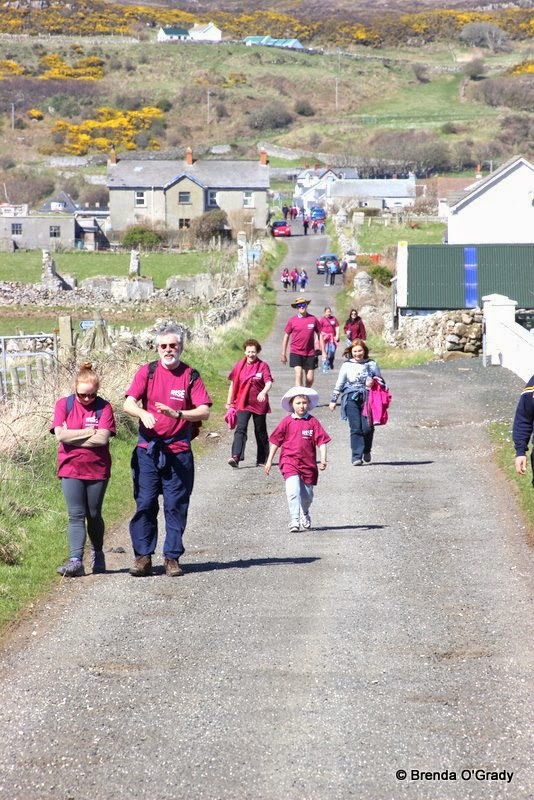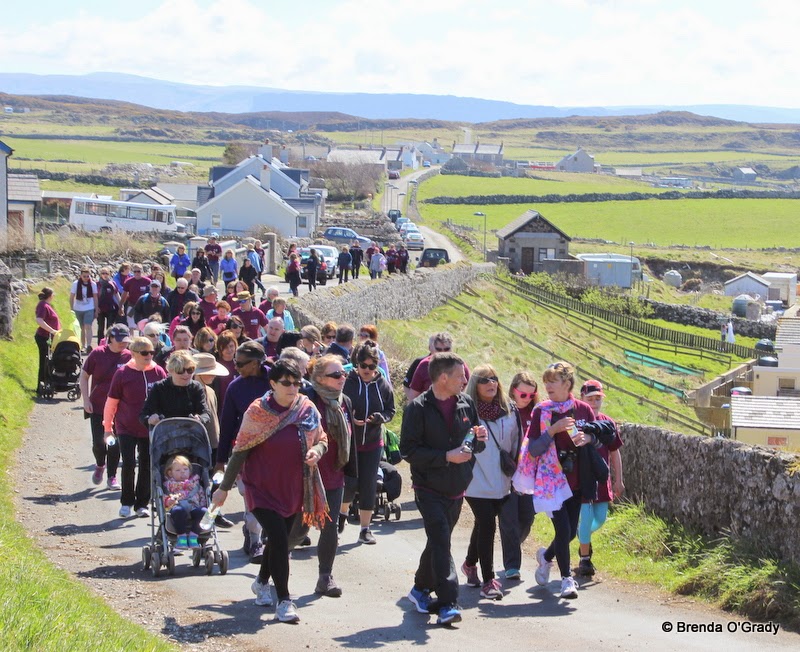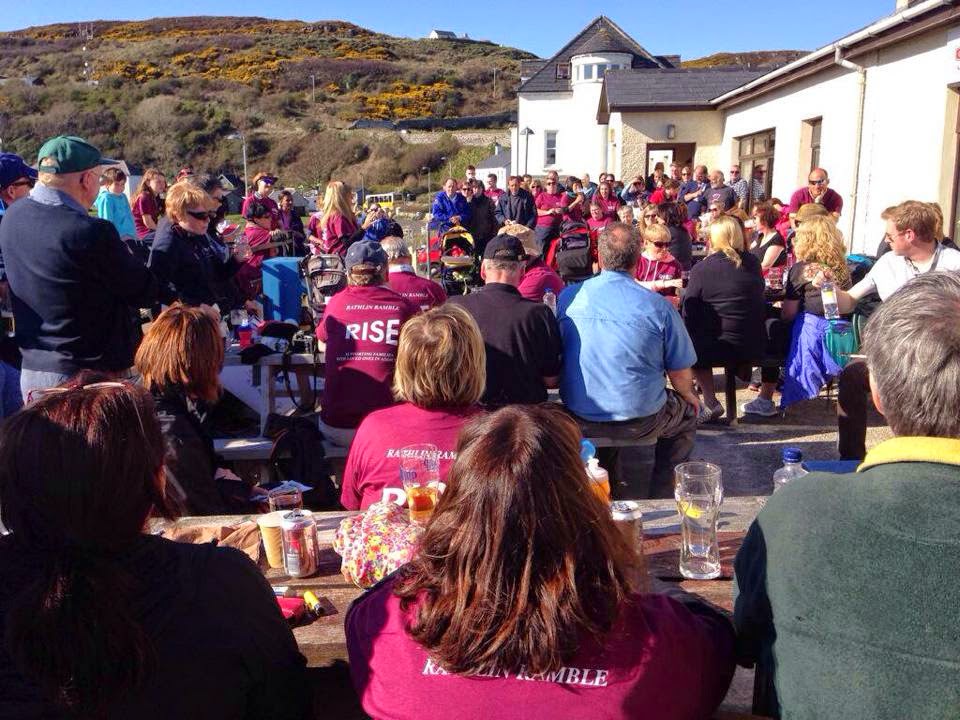It was once famously said that a week is a long time in politics. Make that a day. For weeks the government parties in Dublin have been rejecting any suggestion that there should be a Commission of Investigation established to look into the activities of the Irish Bank Resolution Corporation.
Yesterday, in the face of an increasing storm of popular and political protest the government did a sharp u-turn and announced the very Commission of Investigation it has been vigorously and vociferously opposing. Then last night an email appeared in my inbox from the Minister for Finance, Michael Noonan, outlining draft Terms of Reference for the Commission and asking for Sinn Féin’s opinion of them.
It’s all a far cry from the government’s Programme for Government four years ago in which the two government parties claimed that a “democratic revolution” had taken place and that they were committed to openness and transparency.
The events of the last few days and weeks have exposed the shallowness of those claims and the disdain in which the government holds the Dáil and Seanad.
The roots of this current crisis lie in the nationalisation of Anglo-Irish Bank and Irish Nationwide Building Society and the creation from them of the Irish Bank Resolution Corporation. Its function was to sell off assets and reduce the bank debt that the state was taking on as a result of the economic collapse. Among the assets sold was a company called Siteserv. The controversial circumstances around this have been at the centre of a very public debate which for a time last week bordered on a constitutional crisis.
Siteserv had borrowed €150 million from Anglo Irish Bank. IBRC then sold Siteserv to Millington, a company owned by businessman Denis O Brien. It paid €45.42 million. Tax payers lost €105 million and shareholders, including chief executives at the company, received €4.96 million for a busted company. Subsequently Siteserv won the contract for the imposition of water meters.
In 2012 Pearse Doherty and I submitted a range of Parliamentary Questions about IBRC. The responses from government were less than fulsome. More recently Independent TD Catherine Murphy spent a year asking a series of Freedom of Information questions. She faced evasion and prevarication. When pressed on RTE about why Catherine Murphy had to ask 19 Parliamentary Questions before she receved a comprehensive reply the Minister for Finance Michael Noonan said that the questions were “adequately answered” and “you don’t produce full files when one specific question is asked.”
As a result of Teachta Murphy’s efforts we now know that O'Brien’s company was not the highest bidder for Siteserv.
We also know that the Minister for Finance was briefed by Department of Finance officials about their concerns about this deal and other transactions involving IBRC. For example, €64 million was written off for Blue Ocean Associates before being purchased by a consortium, also involving, Denis O'Brien. The government ignored these concerns.
I raised this issue in the Dáil with the Taoiseach and demanded that the government establish an independent Commission of Investigation to look into all these matters. The government refused and chose instead to appoint the special liquidators, who had helped close IBRC down, to review all transactions at IBRC over €10 million. The liquidators are from KPMG auditors which oversaw the sale of Siteserv.
Sinn Féin and others on the opposition were justifiably angry at an ‘insider’ review process that was less than transparent and involved the same individuals and company involved in the original sale of Siteserv.
RTE then acquired information on Denis O Brien’s dealings with IBRC. O’Brien, reputedly Ireland’s richest businessman, went to the High Court to prevent the information from being broadcast. On May 18thhe successfully secured an injunction against RTE, or any other Irish media, carrying any of the detail of his private financial dealings with IBRC. The media was effectively gagged.
Last Thursday, May 28th, Catherine Murphy introduced a Private Members Bill into the Dáil. It was supported by 45 TDs including Sinn Féin. The purpose of the Comptroller and General Auditor (Amendment) Bill was to try and ensure that IBRC would be subject to independent scrutiny by that agency and not by the ‘insiders’ who had been appointed by the Minister for Finance and who were part of the original sale by IBRC of Siteserv and other companies. Ms Murphy told the Dáil: “It is a web of connections and conflicts that requires outside eyes to unravel.”
The Independent TD also used parliamentary privilege to read into the record of the Dáil her understanding of the details of Mr. O’Brien’s arrangements with IBRC which were the subject of the court injunction. These were published in the Dáil record several hours later and are available online at www.oireachtas.ie
The media interpreted the court injunction as a bar on the carrying by it of any report of Catherine Murphy’s remarks. Mr. O’Brien claimed her information is wrong. Ms Murphy defends her sources.
Article 15, section 12 of the Irish constitution is very explicit in its endorsement of Dáil privilege and the right of those to publish remarks made within the Oireachtas. The court injunction and refusal of the Irish media to publish Teachta Murphy’s remarks for a time created a political furore and a significant constitutional crisis.
On Tuesday the legality of the issues were back for debate in the High Court where Mr. Justice Binchy confirmed that it was never his intention to silence TDs in the Dáil or to inhibit the media in reporting on matters arising in the Dáil. So, absolute Dáil privilege has been restored.
But the whole affair has raised a number of important issues of concern.
Firstly, neither the Taoiseach Enda Kenny nor the government demonstrated any leadership on this issue. No one from the government rushed to defend the rights of the Oireachtas and of Oireachtas members. They did not ask the Attorney General to clarify the issue of Dáil privilege nor did they go to court to assert it. The government left it to the media. A clear abdication of their constitutional and political responsibility.
Secondly, the government refused my request and that of other TDs to recall the Dáil to debate this very important matter of public concern.
Thirdly, the issue which gave rise to this controversy has not been resolved. The decision by the government to eventually concede a Commission of Investigation into IBRC is only part of the answer to this. I have written to the Taoiseach setting out a range of suggestions for strengthening the ability of the Commission of Investigation to get to the truth.
I am not hopeful that this government, which like Fianna Fáil before it, never takes on board what opposition parties propose, will do the right thing and amend the Terms of Reference accordingly. If it fails to do this then the Commission risks not having the confidence of the Oireachtas or of the public.
The Commission of Investigation must have the power to examine the political oversight of IBRC by the Minister for Finance and the Department of Finance. The government is trying to distance itself from all of this and from the Commission of Investigation. That is not good enough.
The Commission must also be allowed to review transactions, activities and management decisions involving KPMG in its role as special liquidator; and the government’s 31st December timeframe for completion of the report is unacceptable. There is understandable concern that there may be an election called between now and 31st December. The Investigation should be tasked to produce its report no later than 31st October 2015.
Fourthly, for those tens of thousands of families who are struggling to pay mortgages, or who cannot pay and live under the threat of eviction, and those small businesses who can’t get credit from the banks, all of this is evidence of the government’s differential treatment of banks and of the elites. Owe thousands and the state and the banks will relentlessly and ruthlessly pursue you. Owe millions and kid gloves are used.
The same concerns also exist around theNational Asset Management Agency (NAMA). It also has been handling billions in debts arising from the economic crash; mainly from the collapse of the construction industry. There is a lack of transparency here also.
And finally there is the a lá carte attitude of sections of the media and of some in the Dáil to the issue of Dáil privilege. Mary Lou McDonald named former politicians in the Dáil last November with alleged links to off-shore accounts following information released by a whistleblower.
She was pilloried by some of those, especially in Fianna Fáil and the government parties, who have been vocal in recent days defending Dáil privilege in respect of Catherine Murphy. The Fianna Fáil Chief Whip Seán Ó Fearghail went so far as to report her to the Committee on Procedures and Privileges.
It would appear that here is one law for those who aren’t electoral competitors and another for those who are. Either Oireachtas members have absolute privilege or they don’t.
The Committee on Procedures and Privileges came out against Mary Lou. No surprise there. How will they respond, in light of the media’s rush to the High Court to defend freedom of speech, to accusations by some, including Denis O’Brien, that Catherine Murphy similarly abused privilege?


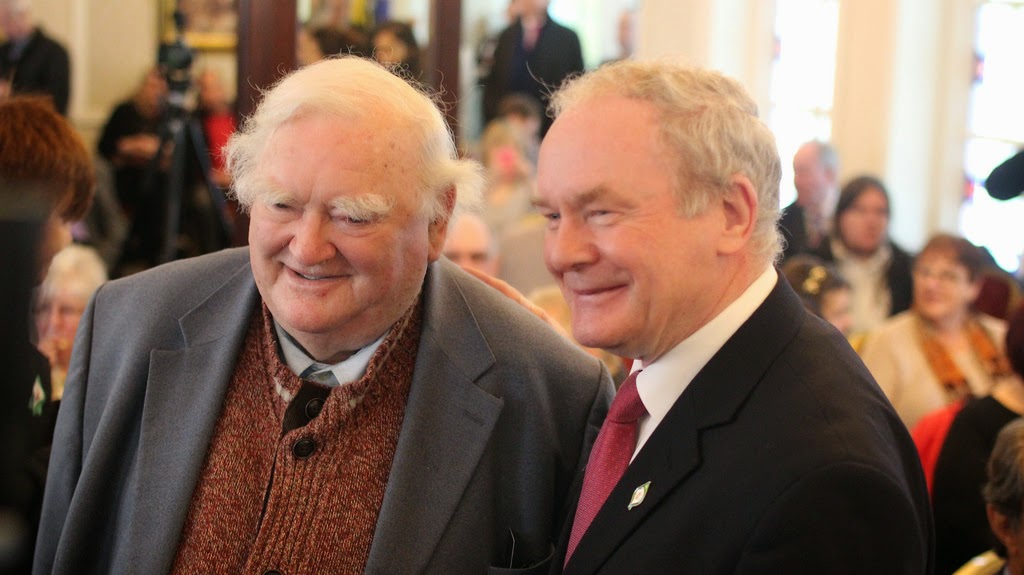
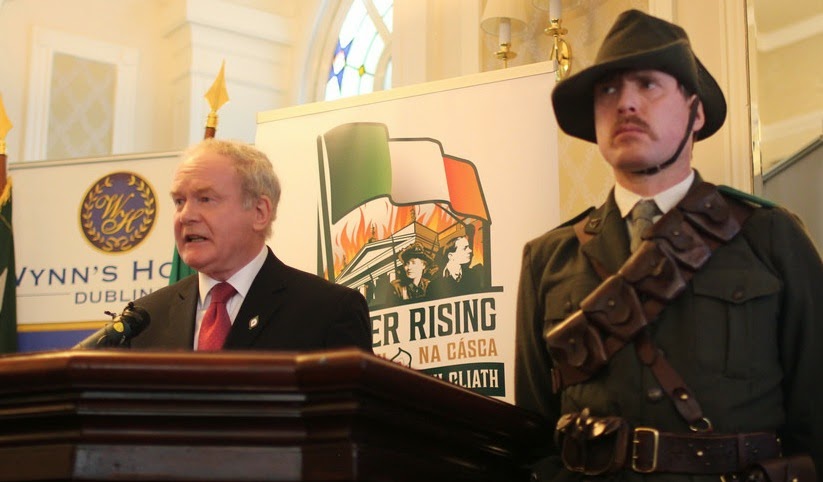









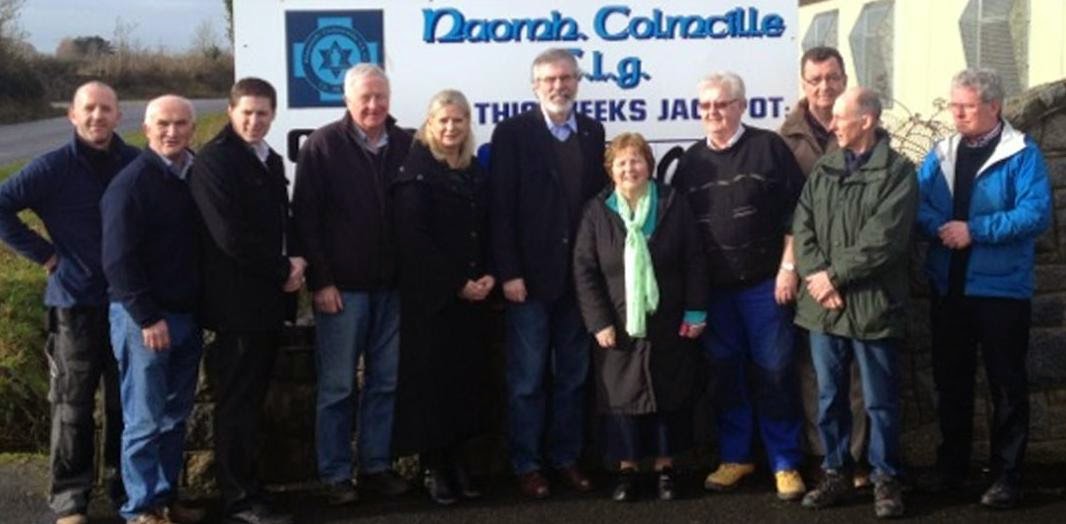
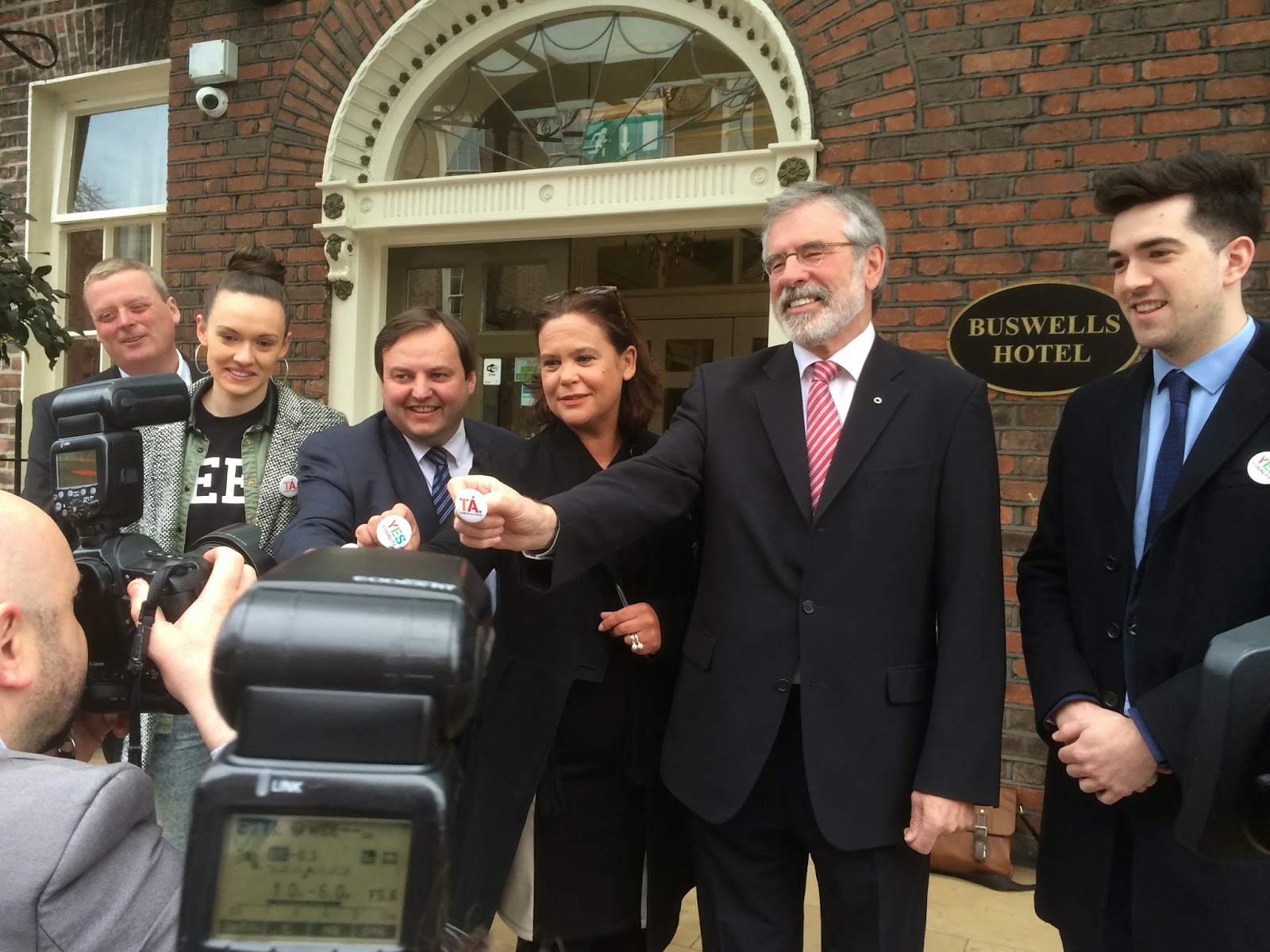
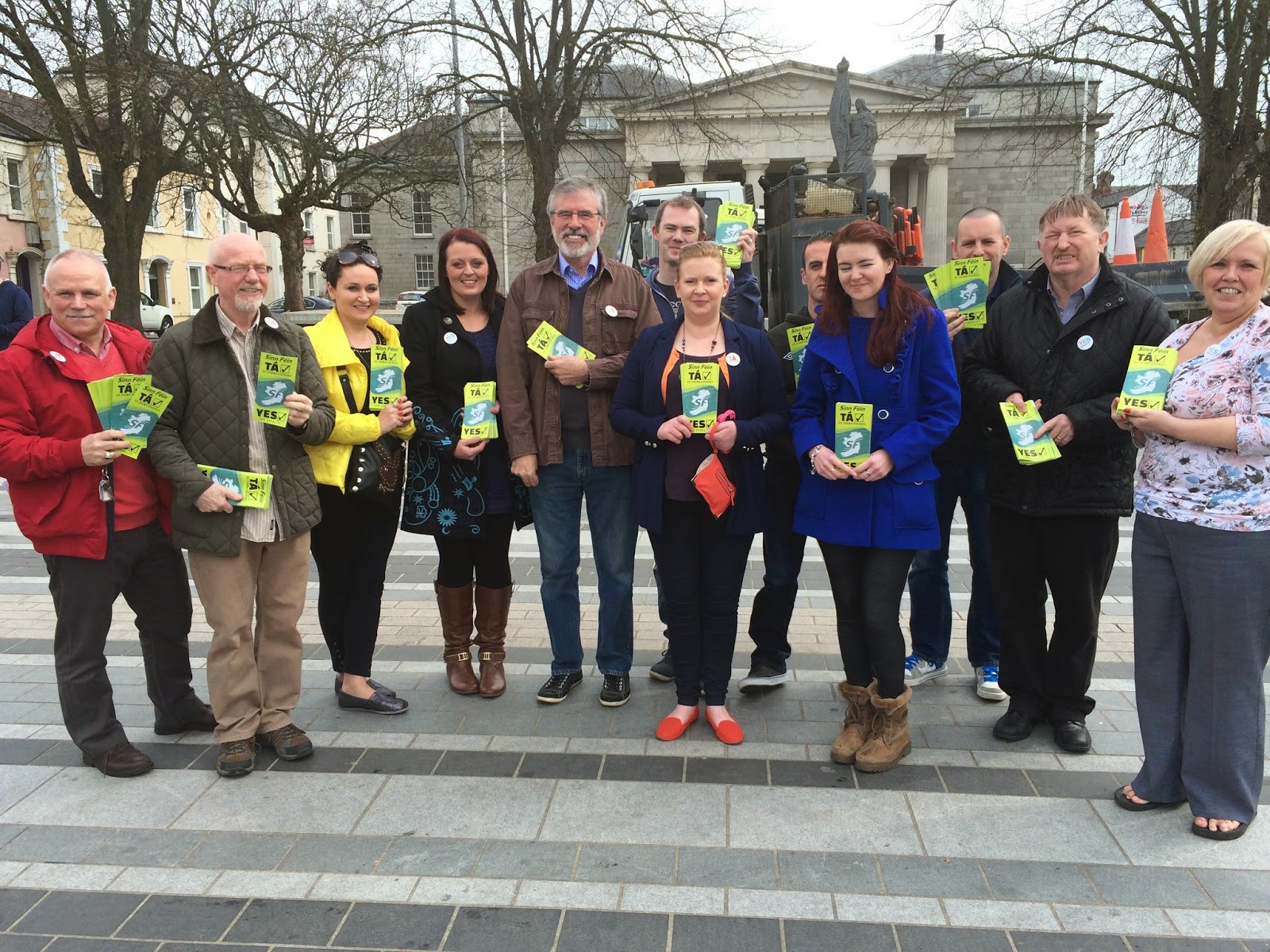

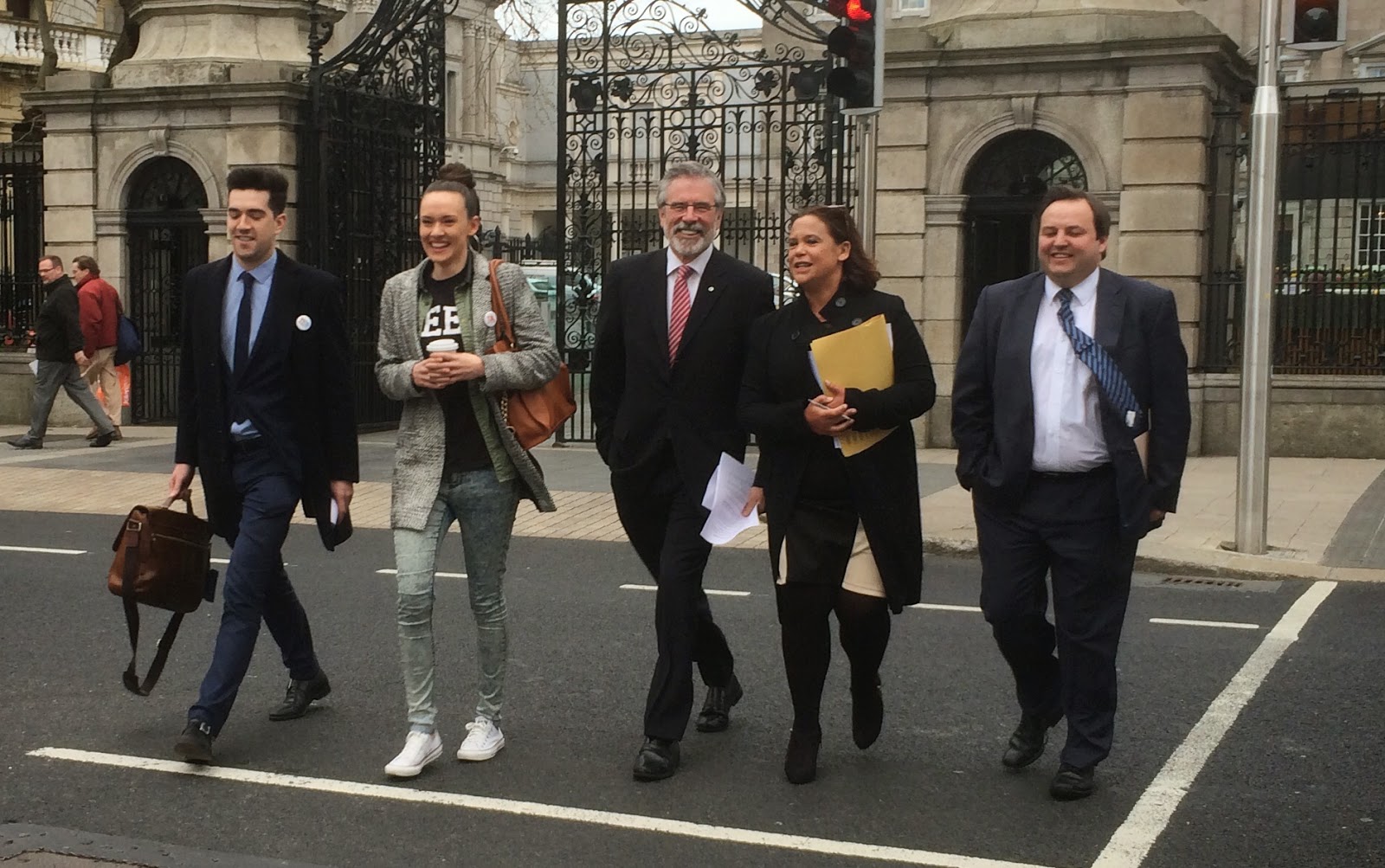
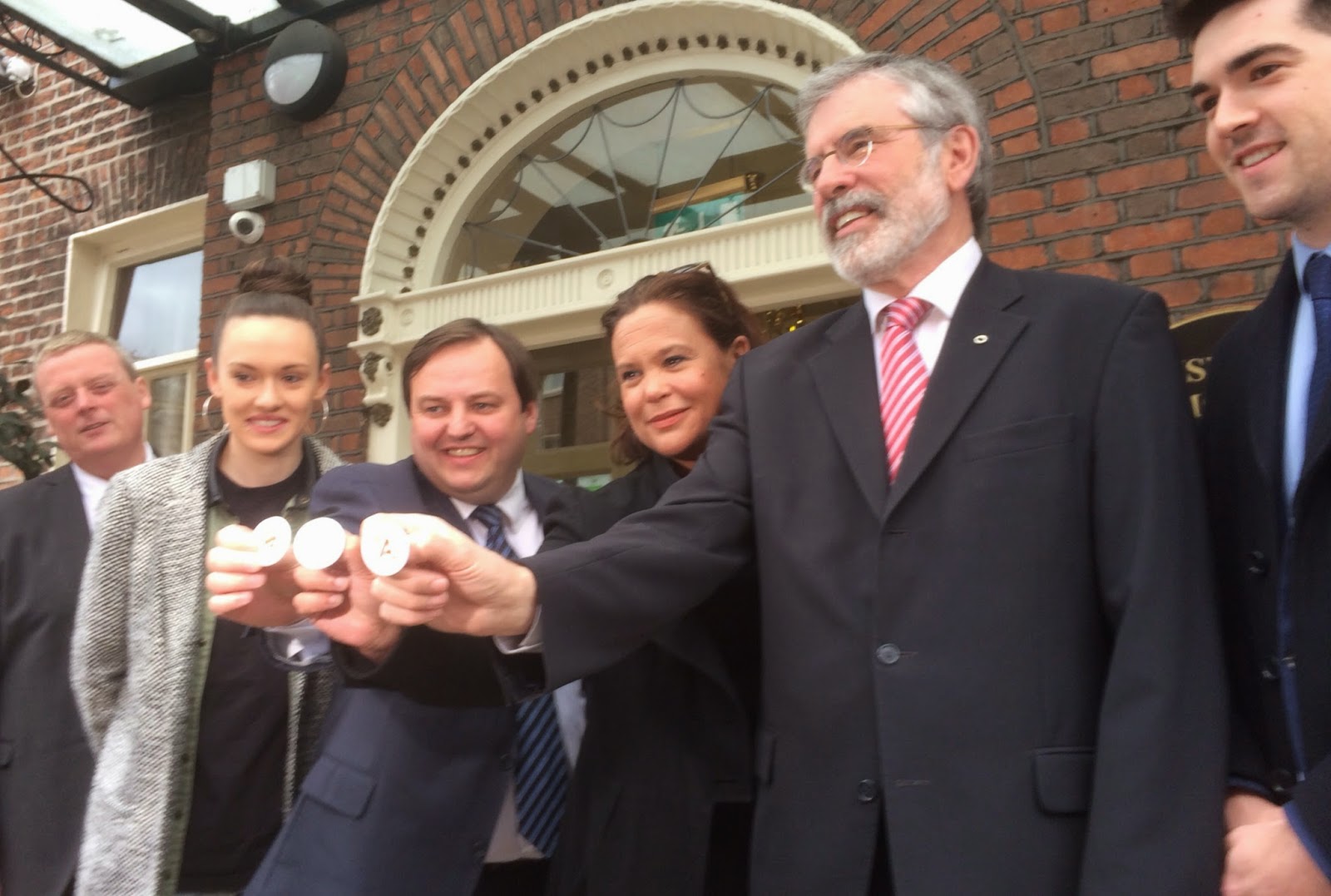


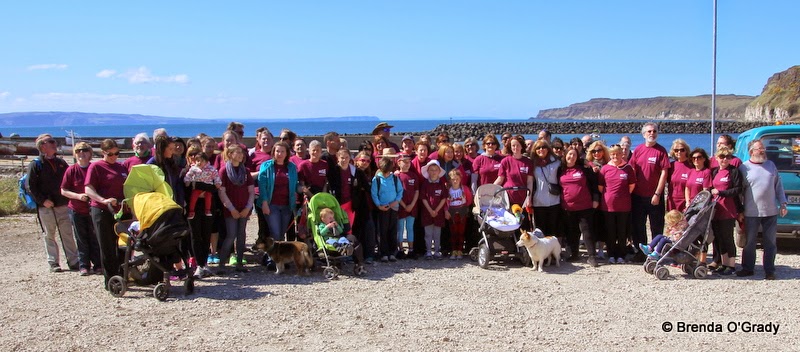

.jpg)
